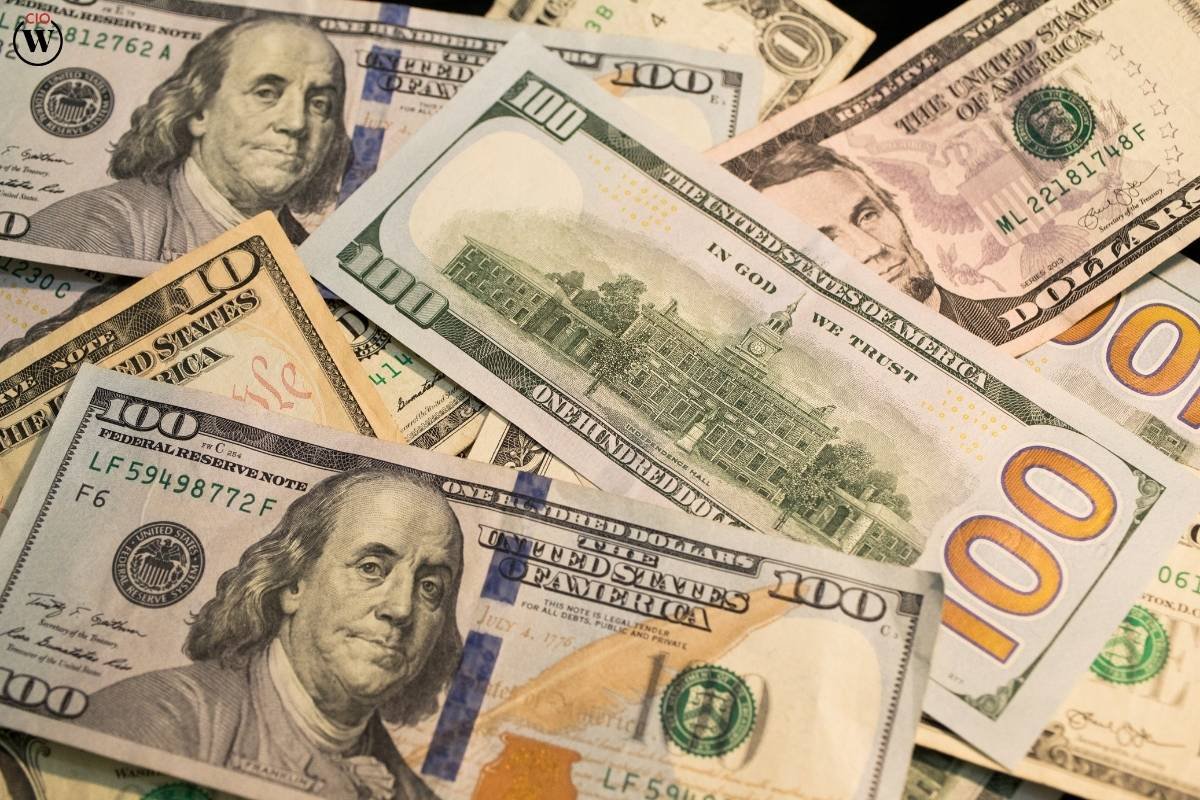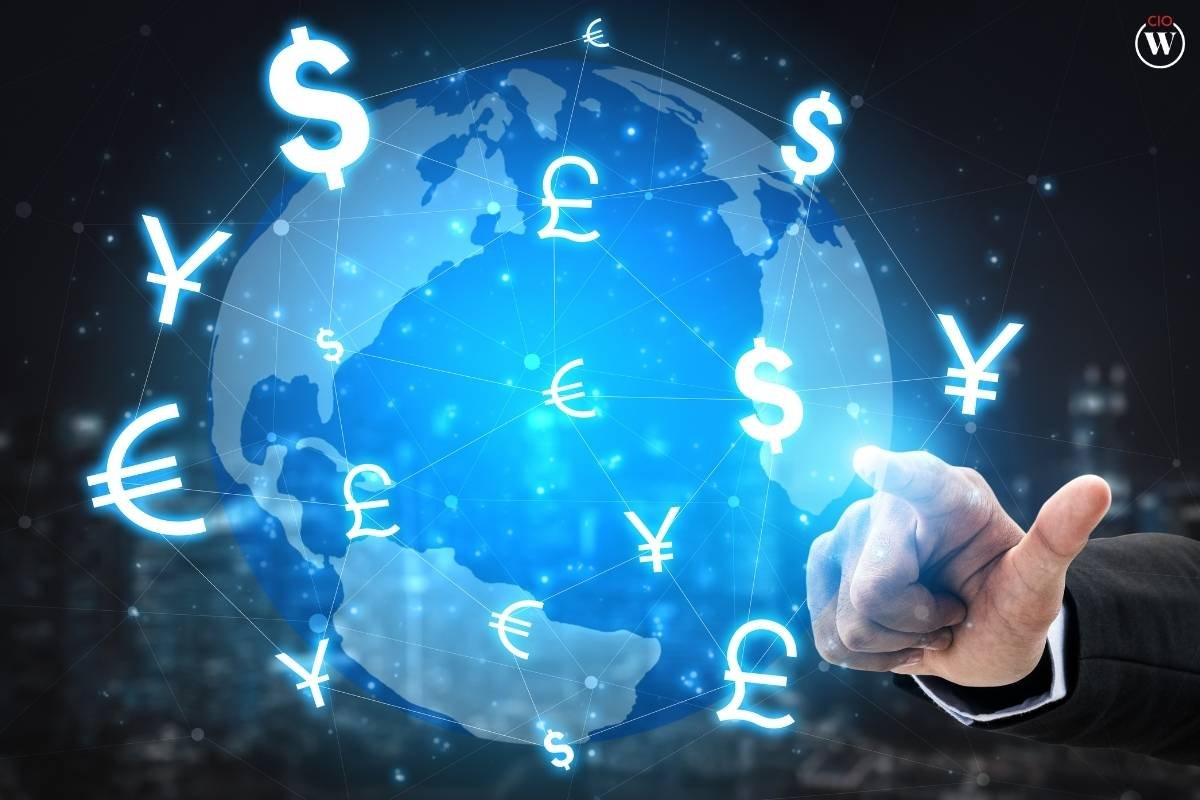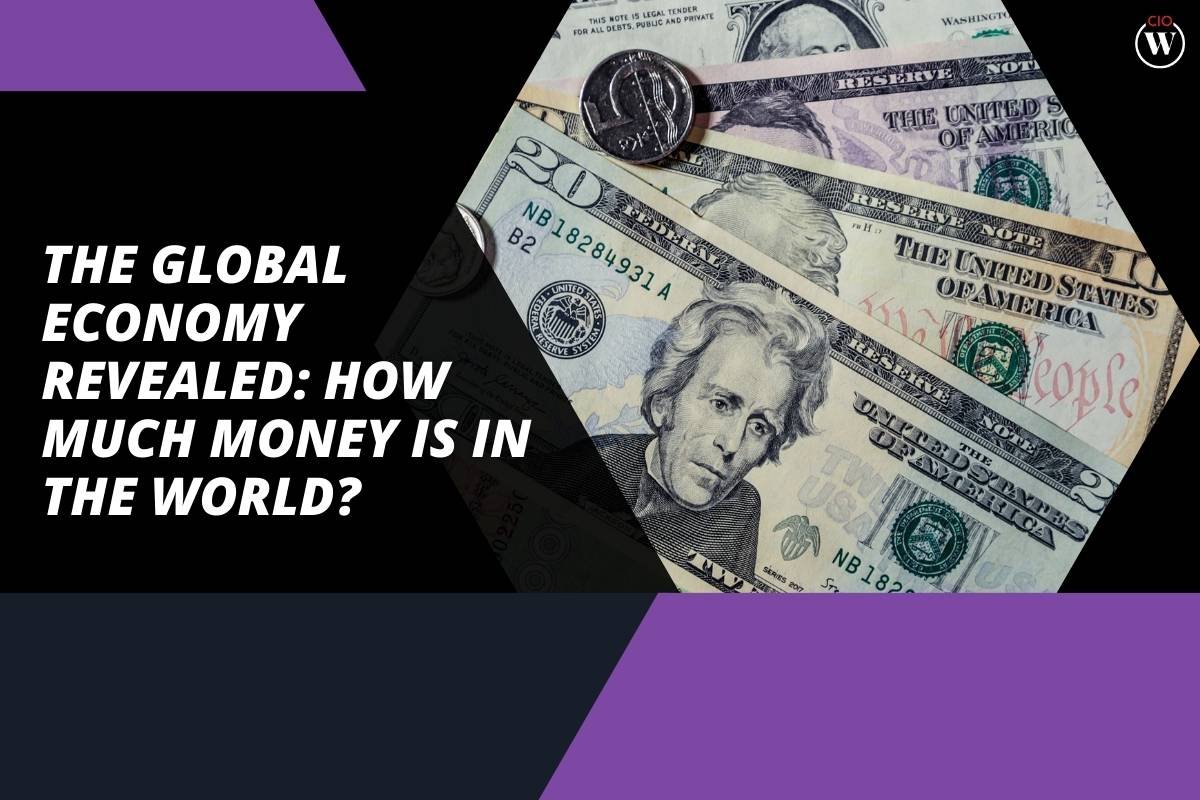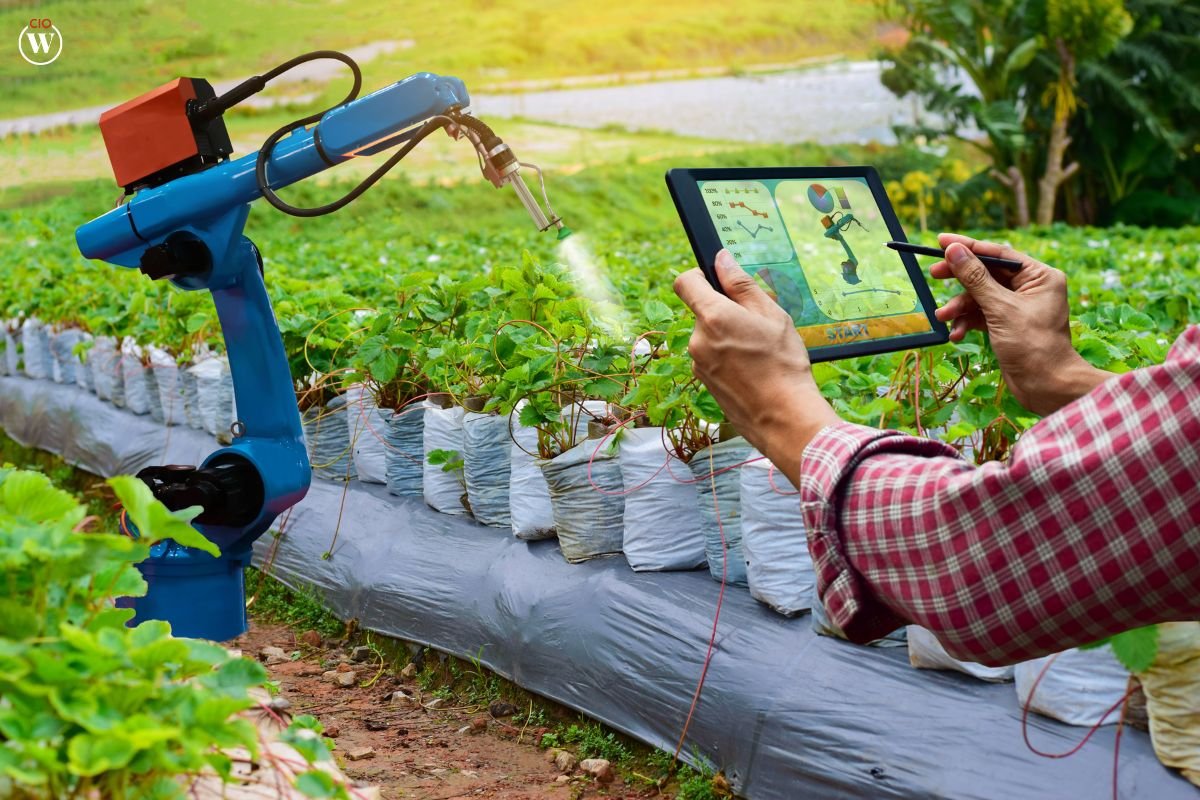In today’s interconnected world, understanding the vast sums of money circulating globally, and specifically answering the question “How Much Money Is in the World,” is essential for comprehending economic dynamics, wealth distribution, and financial stability. From local transactions to international trade, money serves as the lifeblood of economies, influencing everything from individual prosperity to global policies.
The Concept of Money
Money, in its essence, represents a medium of exchange, unit of account, and store of value. Its forms range from physical cash to digital currencies, each playing a crucial role in the modern financial landscape. Quantifying the total amount of money in existence, including “How Much Money Is in the World,” proves challenging due to its diverse forms and constantly changing nature. While traditional measures like M1 (narrow money – currency in circulation and demand deposits) and M2 (broad money – including savings deposits and money market funds) provide insights, they often exclude certain types of wealth, such as assets held in offshore accounts or digital currencies like Bitcoin.
Broad Money and its Components

To gauge “how much money is in the world,” economists often refer to broad money, which includes physical currency in circulation, demand deposits, and various forms of near money like savings accounts. Central banks play a pivotal role in regulating and monitoring this money supply to ensure economic stability. For instance, the Federal Reserve in the United States adjusts interest rates and controls reserve requirements to influence the money supply, aiming to balance economic growth with inflation control.
Global Money Supply Trends
Examining the trends in global money supply reveals insights into economic health and inflationary pressures. Central banks and financial institutions closely monitor money aggregates to predict market movements and formulate policies. Historically, shifts in money supply have influenced economic cycles, with periods of rapid expansion sometimes leading to inflationary pressures and subsequent adjustments by central authorities to maintain stability.
The Role of Central Banks
Central banks, like the Federal Reserve in the United States or the European Central Bank, control the money supply through mechanisms such as interest rates and reserve requirements. By adjusting these levers, central banks influence lending, investment, and overall economic activity, shaping the financial landscape on a global scale. During periods of economic crisis, central banks may employ unconventional monetary policies, such as quantitative easing, to inject liquidity into the economy and stimulate growth.
Digital Disruption: Rise of Cryptocurrencies
In recent years, the emergence of cryptocurrencies like Bitcoin has challenged traditional views on money. These digital assets operate outside centralized control, offering decentralized alternatives to fiat currencies. Understanding their impact requires exploring their adoption rates, regulatory challenges, and potential to reshape financial systems, including considerations of “How Much Money Is in the World.” While cryptocurrencies remain a small fraction of the global money supply, their growth has sparked debates about financial innovation, regulatory oversight, and the future of digital finance.
Money in Global Trade and Finance

Globalization has interconnected economies through trade and financial flows, emphasizing the importance of international monetary systems like foreign exchange markets and international reserves. The movement of money across borders underscores its role in facilitating global commerce and investment. Central banks and multinational organizations work together to manage currency exchange rates and maintain financial stability, supporting economic growth and reducing the volatility associated with cross-border transactions.
Wealth Distribution and Economic Inequality
While money fuels economic growth, its distribution across populations varies widely. Economic inequality, measured by wealth concentration and income disparities, highlights systemic challenges in wealth distribution. Addressing these disparities involves policy interventions aimed at understanding “how much money is in the world” and promoting inclusive growth and reducing poverty. Initiatives such as progressive taxation, social welfare programs, and financial education seek to mitigate inequalities and ensure equitable access to economic opportunities.
Financial Crises and Stability
Historically, financial crises have underscored the fragility of monetary systems and the interconnectedness of global markets. Events like the 2008 financial crisis prompted reassessments of regulatory frameworks and risk management practices to enhance financial stability and resilience.

Central banks and governments implemented reforms aimed at strengthening financial institutions, improving transparency, and bolstering investor confidence. These efforts underscore the importance of proactive measures to prevent and mitigate future crises, demonstrating the critical role of understanding “how much money is in the world” in shaping effective regulatory and policy responses.
Future Trends: The Evolution of Money
Looking ahead, technological advancements such as blockchain and digital payment systems are poised to redefine “how much money is in the world.” These innovations promise greater efficiency, transparency, and accessibility in financial transactions, reshaping how individuals and businesses interact with money on a global scale. Central banks are exploring the potential of central bank digital currencies (CBDCs) to enhance payment systems, reduce transaction costs, and improve financial inclusion. Meanwhile, private sector innovations continue to drive competition and innovation in digital finance, fostering a dynamic landscape of financial services and solutions.
Conclusion
The question of “how much money is in the world” transcends mere numerical figures. It delves into the intricacies of economic policy, financial innovation, and global interconnectedness. By understanding the complexities of money supply, distribution, and impact, stakeholders can navigate the evolving landscape of global finance with greater clarity and foresight. As technologies evolve and economies integrate further, the role of money will continue to evolve, shaping the future of financial systems and global prosperity.









